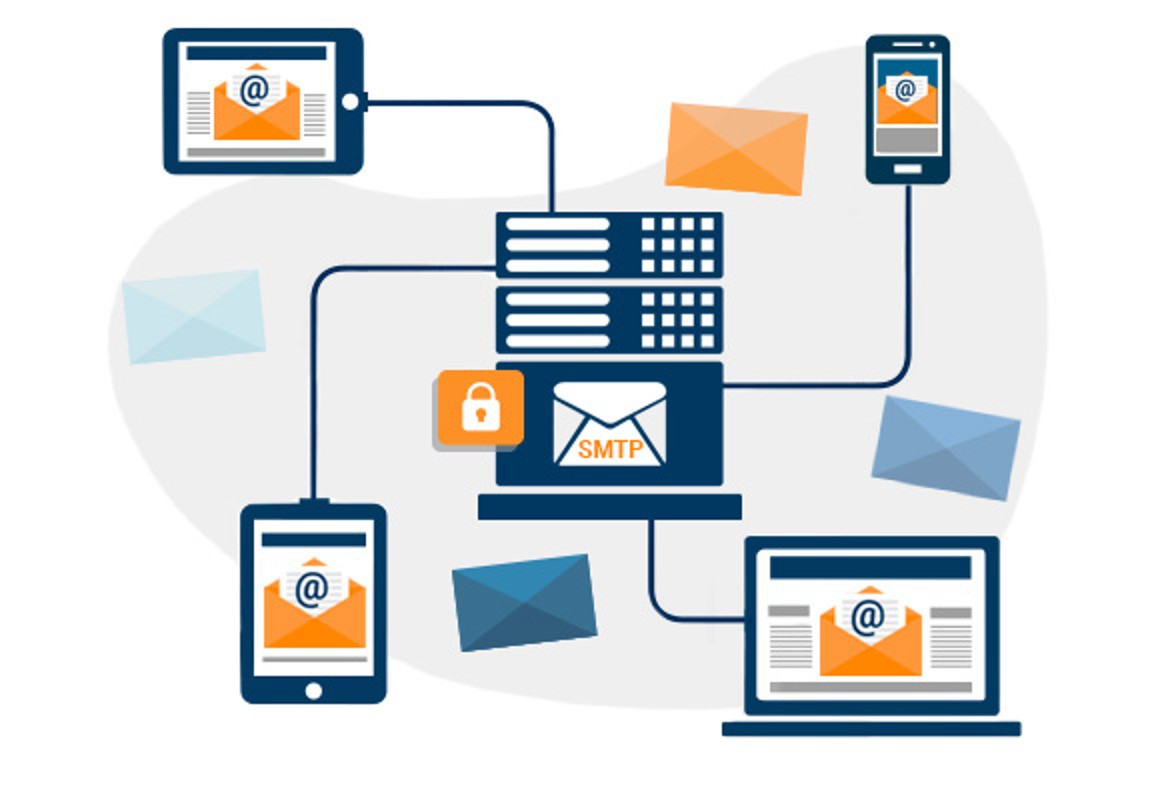Tech
SMTP Service Providers: What to Look for in a Provider

When it comes to sending emails from your business or organization, the choice of an SMTP service provider plays a crucial role. SMTP service providers enable you to send emails reliably and efficiently. However, not all SMTP providers are created equal. To ensure your email communications are seamless and effective, it’s essential to know what to look for in an SMTP service provider. In this article, we’ll explore the key factors to consider when choosing the right SMTP provider for your needs.
1. Deliverability
One of the most critical aspects of an SMTP server provider is email deliverability. The primary purpose of using an SMTP service is to ensure that your emails reach the intended recipients’ inboxes and not get marked as spam. A reputable provider will have a track record of high deliverability rates. They should also provide tools and features to help you maintain a good sender reputation, such as DKIM (DomainKeys Identified Mail) and SPF (Sender Policy Framework) authentication.
2. Scalability
Your email volume may vary significantly as your business or organization grows. Therefore, it’s important to buy SMTP server that can scale with your needs. Look for providers that offer flexible pricing plans and the ability to adjust your sending limits as your email requirements change. Scalability ensures that your email service remains cost-effective and reliable as you expand.
3. Security
Email security is paramount, especially when sending sensitive information or conducting business communications. A good SMTP provider should offer robust security features, such as TLS (Transport Layer Security) encryption for data in transit and SPF/DKIM/DMARC authentication to prevent email spoofing. Additionally, the provider should have measures in place to protect against DDoS attacks and other cyber threats.
4. Reliability and Uptime
Email downtime can lead to missed opportunities and frustrated customers. Ensure that the SMTP service provider you choose has a history of high uptime and reliability. Look for providers that offer service level agreements (SLAs) with guarantees of uptime percentages. This will give you peace of mind knowing that your email infrastructure will be available when you need it most.
5. Integration and APIs
If your business relies on various software applications, it’s important that your SMTP provider can seamlessly integrate with them. Look for providers that offer easy integration options, including APIs (Application Programming Interfaces) and SDKs (Software Development Kits). Integration capabilities allow you to automate email sending from your existing systems, such as CRM software or e-commerce platforms.
6. Analytics and Reporting
To monitor the effectiveness of your email campaigns and identify areas for improvement, you’ll need access to detailed analytics and reporting. A good SMTP service provider should offer insights into open rates, click-through rates, bounce rates, and other relevant metrics. These insights can help you refine your email strategy and achieve better results.
7. Support and Customer Service
Even with the most reliable services, you may encounter occasional issues or have questions that need quick answers. A responsive and knowledgeable customer support team is invaluable in such situations. Prioritize SMTP providers that offer 24/7 customer support through various channels, such as email, chat, or phone. Additionally, check online reviews and testimonials to gauge the provider’s reputation for customer service.
8. Pricing
Cost is a significant factor for most businesses. SMTP service providers offer various pricing models, including pay-as-you-go, monthly plans, or custom enterprise solutions. Consider your budget and email volume when evaluating pricing options. Be wary of providers with hidden fees, and make sure you understand the pricing structure to avoid unexpected costs.
9. Compliance and Regulations
Email regulations, such as the CAN-SPAM Act in the United States and GDPR (General Data Protection Regulation) in Europe, have stringent requirements for email marketing and data protection. Ensure that your chosen SMTP provider complies with these regulations and provides tools to help you maintain compliance, such as opt-out management and unsubscribe features.
10. Reputation and Reviews
Before making a final decision, research the reputation of your chosen SMTP provider. Look for reviews and testimonials from other businesses or organizations that have used their services. A provider with a positive track record and satisfied customers is more likely to meet your email delivery needs.
Conclusion
Selecting the right SMTP service provider is crucial for the success of your email communications. By considering factors such as deliverability, scalability, security, reliability, integration, analytics, customer support, pricing, compliance, and reputation, you can make an informed decision that aligns with your business goals and email requirements. Remember that the right SMTP provider can enhance your email marketing efforts, improve customer engagement, and contribute to your overall business success.










